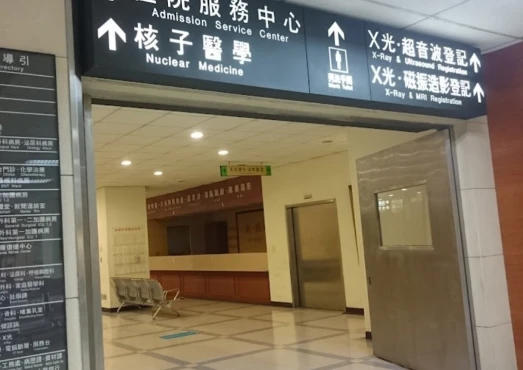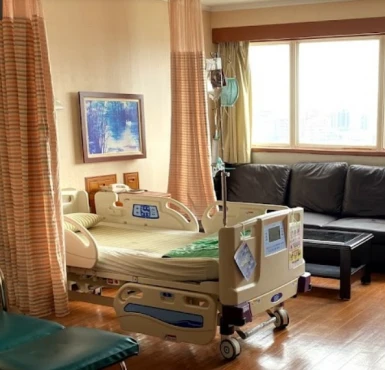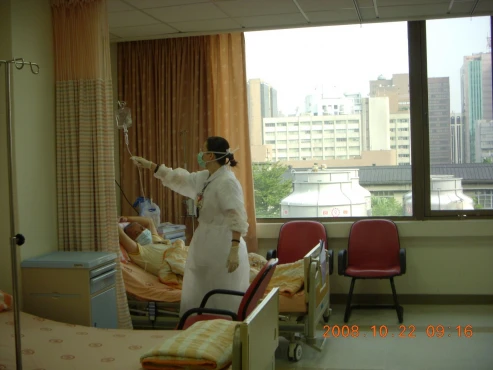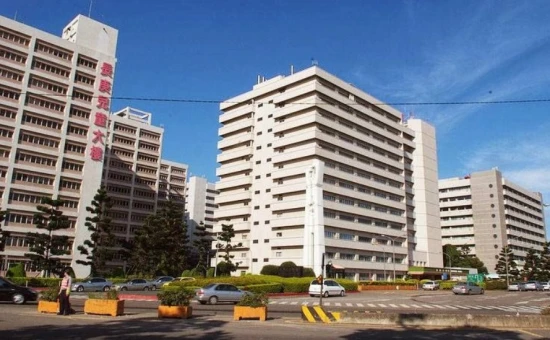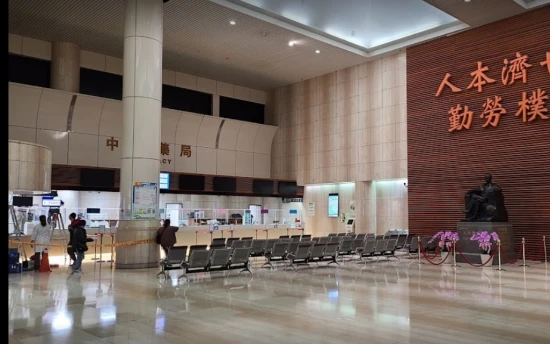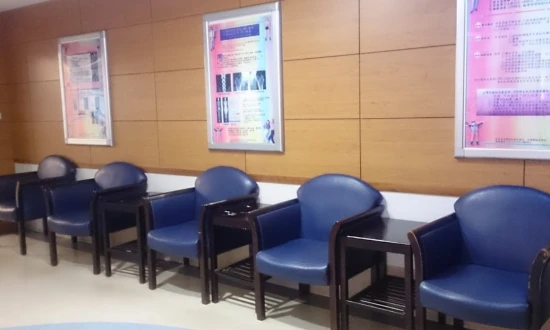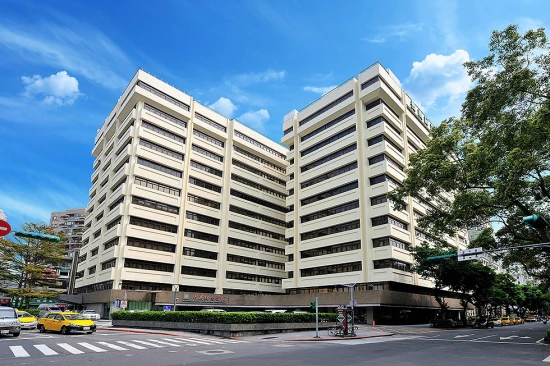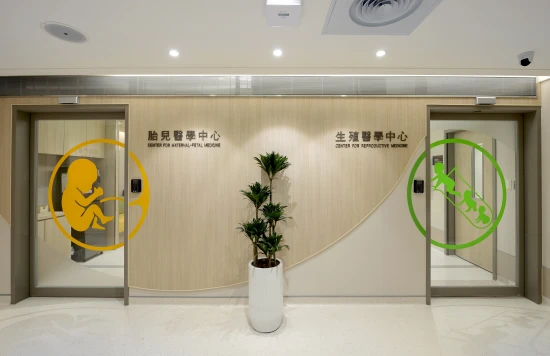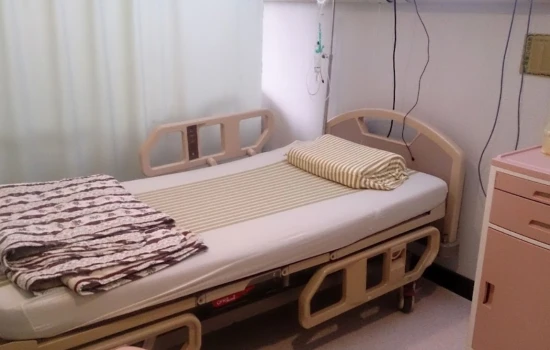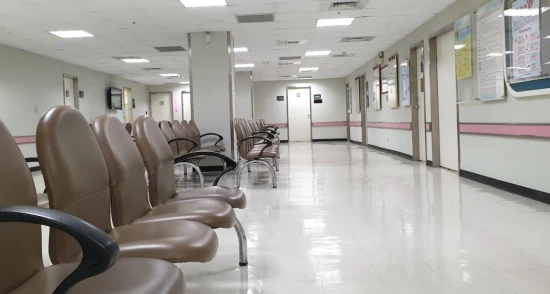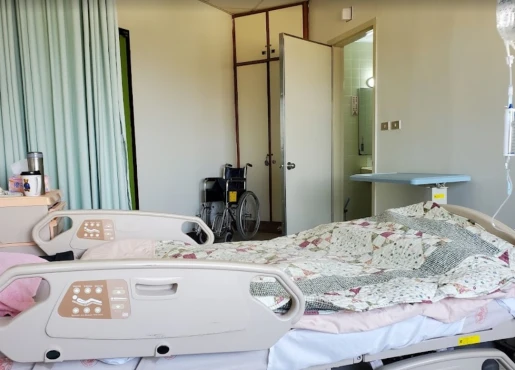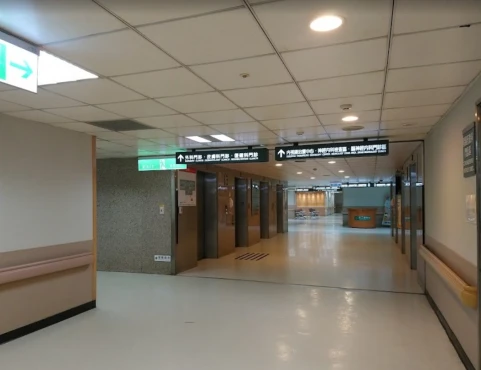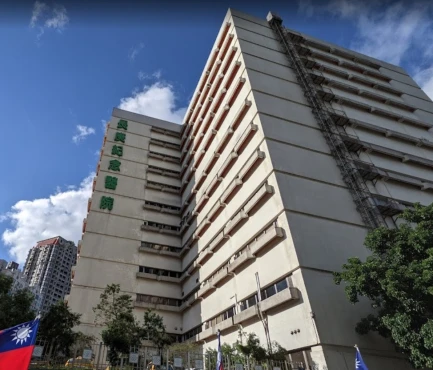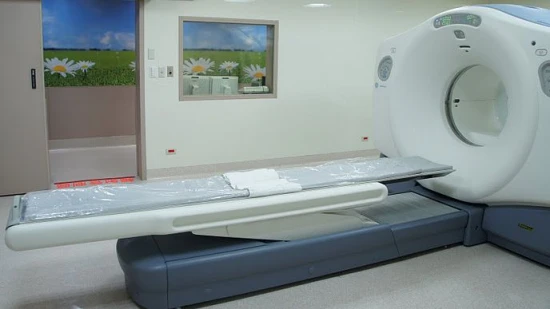Coronary catheterization in 2 Cardiac surgery clinics in Taiwan
2 clinics specializing in Cardiac surgery providing
Coronary catheterization
Coronary catheterization, also known as cardiac catheterization, is a diagnostic procedure in which a catheter is inserted into the heart through an artery or vein to examine the blood vessels, chambers, and valves and diagnose heart conditions.
Read more...
procedure in Taiwan.
Kaohsiung · 1
Taipei City · 1
Sorted by:
Relevance
Rating
Cost of procedures
Relevance
Prices for selected procedures, total:
≈ $2,517
Prices for popular procedures:
Prices for selected procedures, total:
≈ $2,568
Prices for popular procedures:

Taipei City, Taiwan
Specializations: Cardiac surgery, Vascular surgery, Thoracic surgery, Neurosurgery, Spine surgery, Orthopedic surgery, Oncology
Languages: Chinese, English
National Taiwan University Hospital (NTUH) was founded in 1895. It was initially located at Dadaocheng, Taipei, and then was relocated to the present site in
read more
4 nearby similar clinics in Taiwan
Perhaps you should consider 4 more clinics we have found nearby basing on your Location, Procedure filters applied.
Prices for popular procedures:
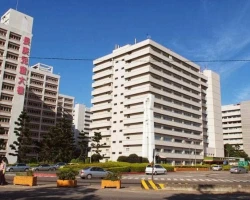
Taoyuan City, Taiwan
Specializations: Cardiac surgery, Vascular surgery, Thoracic surgery, Neurosurgery, Spine surgery, Orthopedic surgery, Oncology
Linkou Chang Gung Memorial Hospital (CGMH) is a JCI accredited, multi-specialty hospital situated amidst the flourishing district of Linkou, Taiwan. Founded in 1978, CGMH has
read more
Prices for popular procedures:
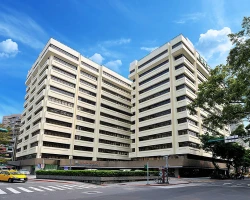
Taipei City, Taiwan
Specializations: Cardiac surgery, Vascular surgery, Thoracic surgery, Neurosurgery, Spine surgery, Orthopedic surgery, Oncology
Languages: Chinese, English
Taipei Chang Gung Memorial Hospital currently has the front and rear buildings of the hospital building and the traditional Chinese medicine building, with a total
read more
Prices for popular procedures:
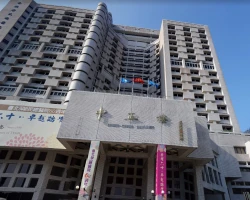
Taipei City, Taiwan
Specializations: Cardiac surgery, Vascular surgery, Thoracic surgery, Neurosurgery, Spine surgery, Orthopedic surgery, Oncology
The hospital was established on July 1, 1947.The hospital currently has 6,864 employees (1,460 physicians, 3,160 nursing staff, 971 medical staff, 306 technicians, 753 administrative
read more
Prices for popular procedures:
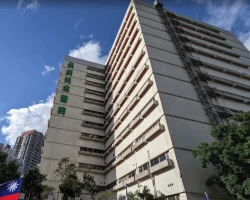
Keelung City, Taiwan
Specializations: Cardiac surgery, Vascular surgery, Thoracic surgery, Neurosurgery, Spine surgery, Orthopedic surgery, Oncology
Languages: Chinese, English
The hospital is the only hospital in Keelung City and the Northeast region with severe emergency medical capabilities. In addition to protecting the health and
read more
Procedure price distribution in Taiwan
Coronary catheterization:
$2,520
This price found at
Kaohsiung Chang Gung Memorial Hospital
in Taiwan, Kaohsiung
$2,568
This price found at
National Taiwan University Hospital (NTUH)
in Taiwan, Taipei City
Minimum Average Maximum
Procedure prices in popular countries:
Coronary catheterization:
Israel
$2.0 K - 21.2 K
in
13 clinics
Turkey
$2.1 K - 2.1 K
in
16 clinics
Germany
$5.9 K - 5.9 K
in
26 clinics
China
$6.1 K - 6.1 K
in
3 clinics
United States
$9.5 K - 20.1 K
in
7 clinics
Countries with the highest number of clinics offering the procedures treatment:
Coronary catheterization:
worldwide
486 clinics
Brazil
34 clinics
India
31 clinics
Germany
26 clinics
Mexico
25 clinics
Australia
22 clinics
Clinics grouping by rating
Clinic with the highest rating of 3.8 — National Taiwan University Hospital (NTUH) in Taipei City, Taiwan, clinic with the most reviews number of 1947 — National Taiwan University Hospital (NTUH) in Taipei City, Taiwan.
